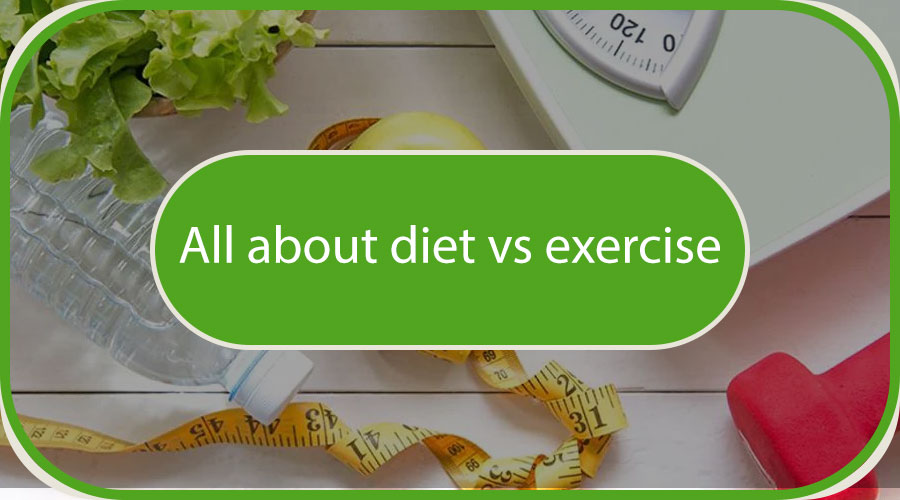
It is crucial that your child receives a variety nutrients. When you are considering food choices, be sure to choose those with lean protein. This can come from meat, poultry, fish, beans, seeds, nuts, and dried fruits. Vegetables can also be good options, provided they aren't processed and have low sodium levels. Whole grains are better for children than refined grains, particularly whole grains made from whole wheat. These grains have more fiber that refined grains. Low-fat milk, as well as dairy products, are good sources for calcium.
Water is essential for children. In order to regulate body temperature, cell function and maintain a healthy lifestyle, children should consume varying amounts of water depending on their age. High-calorie foods increase risk of tooth decay, weight gain and heart disease in children, as well as increasing their likelihood of developing type 2. These foods should be limited in your child's diet. A variety of whole grains should be included in your child's diet, along with fruits and vegetables.

It is vital to keep in mind that your child's diet should be balanced between high energy requirements for growth and development, and a low-fat and high-fiber diet throughout adulthood. Before making any major changes to your child's eating habits, you should consult a physician. You should also introduce new foods gradually and consult with your pediatrician. Fibre should not be ingested by your child, as it may interfere with the absorption of vitamins or minerals.
There are many things you need to know about child nutrition. Even though it's not always possible for children to get all of the nutrients they need, the basics are vital. As they get older, your child's needs for vitamins and minerals change. Your child should get enough calcium every day in order to maintain their overall health. Get plenty of fruits & vegetables to help your child develop healthy habits.
Your child also needs calcium and lots of energy. Their bodies are growing at a fast rate and require a lot of nutrients. You should therefore choose foods that have a high energy level. For example, a low-fat diet can cause them to be underweight. These foods should contain high levels of vitamins, minerals, and protein. Young children's needs can vary depending on how active they are.

It is important to find out about foods that are healthy for children. A child's nutrition must include the correct amount of vitamins. The BMI of a child is determined by their height and weight. Your pediatrician will recommend the best diet for your child. It is important to choose healthy foods for your child. There are many foods on the market with high amounts of vitamins and mineral content.
FAQ
Can I go to the gym seven days a week?
Yes, you can go to the gym seven days a week but not all at once. You need to find a time that you are able to do this without feeling exhausted or drained.
This will help you remain motivated and have more energy to do other activities.
Also, ensure you eat healthy during these times. This will make it so you don't feel tired or sluggish while going to the gym.
And lastly, you need to ensure that there isn't anything else competing for your time. For example, if you have children, you may want to avoid exercising on school nights as they will distract you from your workout.
What is the best workout order?
It all depends on what you're looking for. First, lift heavy weights if you are looking to increase muscle mass. Then move into cardio. Next, if you're looking to lose weight then switch to strength training.
You can burn fat by just doing cardio. Next, add strength training.
If you are looking for muscle mass, cardio should be your last option. Cardio stimulates growth hormones and helps build muscle mass.
You should also eat before your workout. This will fuel you muscles better, which will make it work harder. It will also make you feel more energetic during your workouts.
Egg is good for you?
The egg is rich in all nutrients needed by the human body. It helps to maintain strong bones and healthy hearts and lungs and stabilize blood pressure.
Eggs are rich in protein, vitamin A, B12 and D,E,K, as well as vitamins A,B12 and D,E,K, calcium, iron, phosphorus, manganese, copper, magnesium, and riboflavin.
The egg yolk contains high levels of cholesterol. However, the egg yolk is low in cholesterol. Eggs contain less saturated fat than most other foods.
In addition, they are low in sodium and calories. You can make them in any way you like. They can be cooked in a variety of ways: poach, saute, bake, hard-boil or fry.
They are very nutritious and easy-to-prepare.
Each day, you should consume at least 2 whole eggs. Avoid eating eggs.
Eggs provide essential nutrients needed by our bodies. Include eggs in your daily diet.
What's a good workout plan for 7 days?
A seven day exercise program should include cardiovascular training (running or biking), strength exercises (using freeweights, weight machines) and one flexibility/core workout. It's essential to do each activity at least once a week. Each session should not take more than 45 mins.
Cardiovascular Exercise: Running/Biking/Swimming
It is important to complete at least 60 minutes of cardio per week. Aim for 75 minutes per week to get the best results. Cardio exercise can stimulate blood flow and increase muscle growth.
Strength Training
Cardio exercises work on the heart and lungs. Strength training works on the muscles and bones. Strength training can help you burn calories even when you're not working out.
Flexibility and Core Workouts
Core and flexibility exercises are great ways of strengthening your whole body. Yoga and Pilates are both excellent choices.
Statistics
- An estimated calorie range for moderately active adult males falls between 2,200 to 2,800 calories per day, depending on age. (eatright.org)
- 10 pounds in a month is likely during a lean bulking phase, especially for beginners. (muscleandstrength.com)
- By John Thompson Take a whopping 38% off a set of PowerBlock Pros. (menshealth.com)
- The PRS enabled risk stratification for overall prostate cancer and lethal disease with a four-fold difference between men in the highest and lowest quartiles (HR, 4.32; 95% confidence interval [CI], 3.16-5.89). (pubmed.ncbi.nlm.nih.gov)
- Candidates and applicants must pass all four tests at 70% (minimum level) to graduate from Basic Deputy U.S. Marshal (BDUSM) Training. (usmarshals.gov)
External Links
How To
How can a man get fit in 30 days?
The best way to achieve fitness goals is by breaking them into small achievable steps.
It is important to work towards your goal every day. This could include anything from 10 pushups that last 5 minutes to running 3km.
Consistently doing this will lead to positive results.
You must be consistent. It is important to persevere until you succeed.
What is the difference between Aerobic Fitness (or Anaerobic Fitness)?
Anaerobic fitness means that our bodies can perform intense physical work with no oxygen. Anaerobic pathways are used to give our bodies enough energy to perform high-intensity exercise. Anaerobic pathways include glycolysis (creatine phosphate), the phosphagen and lactic acid.
Aerobic fitness, on the other hand, is a sustained low-intensity exercise. While performing aerobic exercises, oxygen is used as the primary source of fuel for the cells. In other words: The aerobic pathway gives more energy than that of the anaerobic.
You must build your aerobic capacity before you can run a marathon. If you don't focus on increasing your aerobic capacity, you will not be able finish the race.
Aerobic fitness is also known as cardiovascular fitness. The two most common methods of measuring cardiovascular fitness are VO2 max testing and step tests.
VO2 Max Testing
VO2max is the maximum oxygen (O2) that your body can use while exercising. This test measures how much oxygen the body can use while exercising.
This test measures cardiovascular fitness in a way that is most accurate. It requires expensive equipment and highly-trained professionals to administer.
Step Tests
Step tests are simple yet effective methods of measuring cardiovascular fitness. You will be asked to walk, jog or run for a specific time on a track. This is based on your age or weight.
These tests are inexpensive, easy to conduct, and can be done almost anywhere. For example, you could walk on a treadmill 20 minutes and then stop. Your heart rate should remain within a specific range throughout the whole session.
This protocol is called the "Bruce Protocol". Bruce, himself a runner developed this protocol when he realized his heart rate didn't rise when he ran long distances.